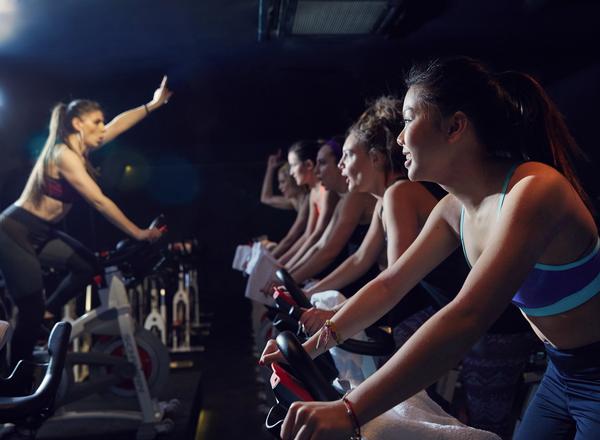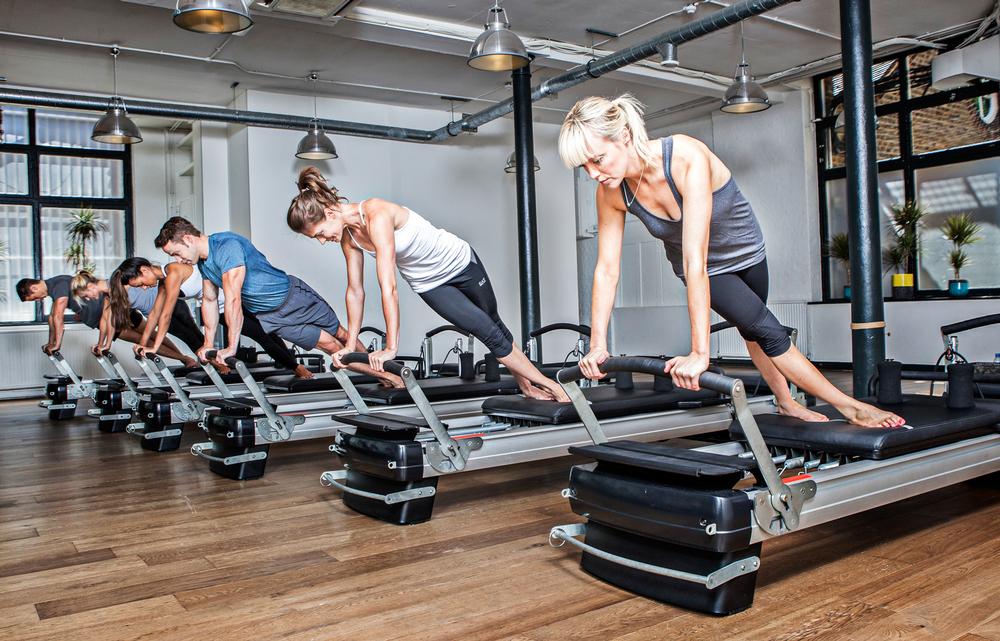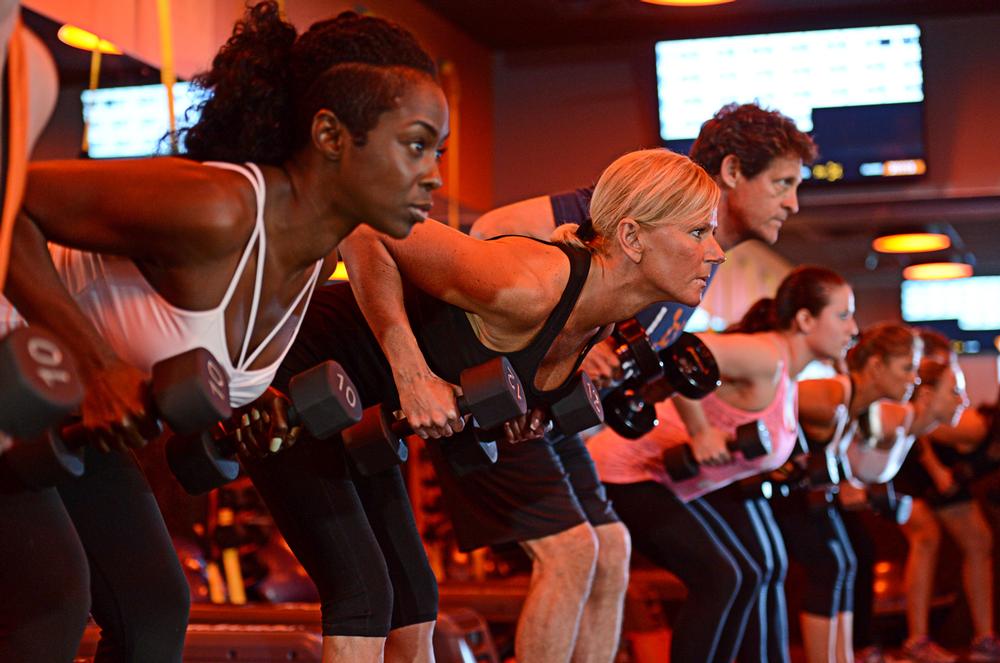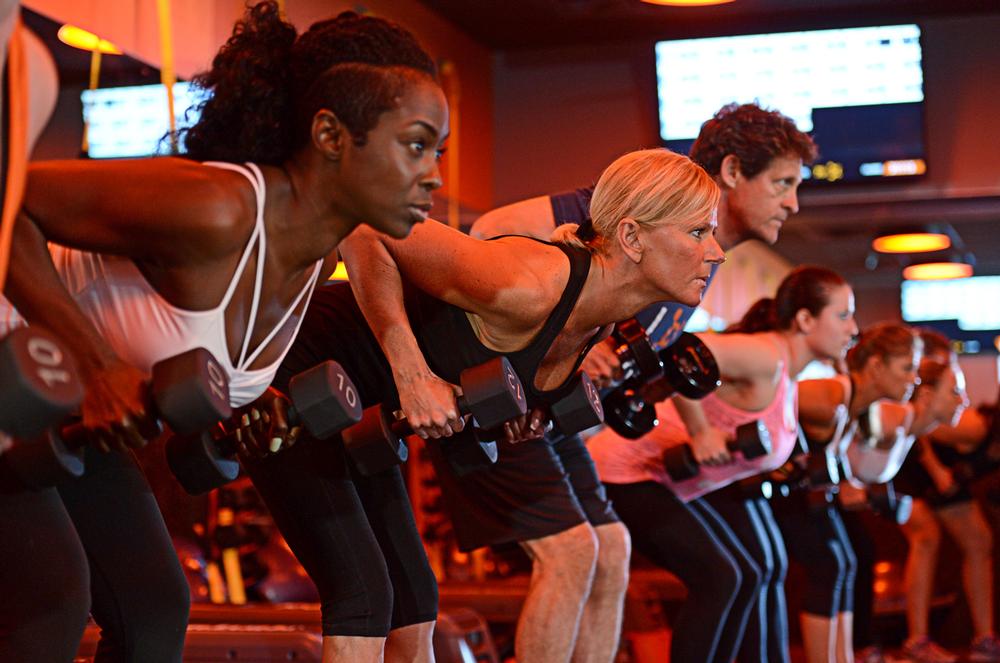Boutique boom
The boutique studio market continues to grow and evolve, as the latest Association of Fitness Studios’ report shows. Stephen Tharrett and Mark Williamson tell us more

Over the last few years, boutique fitness studios have emerged as a disruptive force in shaping the delivery of fitness around the globe. In the US alone, there are around 100,000 fitness studios – three times the number of traditional commercial fitness facilities (source: Association of Fitness Studios – AFS).
To further advance the story of how fitness studios are changing the industry’s landscape, data generated as part of IHRSA’s 2016 Health Club Consumer Report indicates that, in 2015, consumers spent approximately US$4bn more on fitness studio privileges than they did on membership to traditional commercial fitness facilities.
Further insight is provided by the AFS’ Fitness Studio Financial and Operating Benchmarking Report, now in its second year. Produced in co-operation with ClubIntel, the report offers a useful snapshot of this growing segment of the market.
PT & SGT
While barre studios (such as Pure Barre and Bar Method), cycling studios (including Boom Cycle and SoulCycle) and HIIT studios (such as Orangetheory and 1Rebel) receive a tremendous amount of press, they remain in the minority among studios. Personal training and small group training studios are the most prominent studio type; just over 40 per cent of studio operators report operating this type of studio.
Diversifying the offer
The percentage of fitness studios focused on delivering a singular, specialist experience is giving way to more multi-disciplined experiences – sites are increasingly offering at least two different programming formats, like cycling and yoga, cycling and HIIT, personal training and barre, or HIIT and yoga.
Approximately 30 per cent of studios in this year’s study said they specialise in two or more modalities or offerings.
The boutique sector was founded on the principle of delivering singular, specialist experiences to unique tribes of consumers. This shift towards a broader offering indicates a new focus on multiple tribes.
Return of a subs model
Fitness studios appear to be shifting from a pay-as-you-go (PAYG) model to a subscription model.
When the fitness studio segment first burst onto the scene, one of the novel aspects of the business model was its variety of flexible PAYG packages. The founders of the studio boom focused on providing transparent, simple and convenient options to take part (single drop-in rates, five-class packs, 20-packs etc).
But the 2015 data shows a shift toward a membership model, i.e. payment of a monthly fee for unlimited access to the studio’s services. In fact, 71 per cent of studios now offer a membership option of at least one month’s duration.
Membership encompasses a range of options, from unlimited group exercise classes to unlimited small group training, or indeed a combination of unlimited small group training with a limited number of personal training sessions.
This directional shift – while affording studios an additional means of generating value for consumers – could misfire with many fitness consumers by limiting the flexibility associated with the former PAYG approach.
Retention levels
Fitness studios are more effective at retaining clients than their counterparts in the traditional fitness industry. The average attrition level for fitness studios in 2015 was 24 per cent. Within that, personal training/small group training studios reported attrition levels of 20 per cent, compared with group exercise-orientated studios (such as barre, cycling, HIIT and yoga) which had 27 per cent attrition levels.
EBITDA efficiency
The average EBITDA margin for studios in 2015 was 24 per cent, compared with a range of 16–20 per cent for traditional health and fitness clubs (data from IHRSA’s 2015 Profiles of Success).
Studios under 2,000sq ft and those measuring 5,001–10,000sq ft were the most efficient, with EBITDA margins of 37 per cent and 34 per cent respectively.
Small is beautiful
A small footprint is associated with greater revenue productivity and earnings efficiency.
Studios measuring less than 2,000sq ft generate revenue of US$104 per square foot and EBITDA of US$38 per square foot.
Studios measuring 2,001–5,000sq ft generate revenue of US$104 per square foot and EBITDA of US$23 per square foot.
The data shows these smaller studios combine excellent revenue productivity with lower staffing costs, lower rental costs, and lower investment and reinvestment costs. These smaller studios have a powerful blend of attributes that all speak for their capacity for greater profitability.
Clear winners
The top quartile significantly outperforms the industry average in terms of revenue per square foot. Fitness studios in the top quartile generated US$189 per square foot compared with the industry average of US$77. Furthermore, the top quartile of fitness studios generated EBITDA of US$38 per square foot compared with the industry average of US$18.
Price of people
Staff and rent represent the two largest costs for the fitness studio industry. The average fitness studio spends 63 per cent of revenue on staffing and 21 per cent of revenues on rent. Interestingly, though, the top quartile of fitness studio operators spend 51 per cent of revenues on staff and 13 per cent on rent – another indication of what drives best-in-class performance.
Keep it up
Fitness studios actively reinvest in their businesses. In 2015, the average fitness studio invested US$9,500 in new equipment and reinvested US$23,000 in the facility: 11 per cent of average studio revenues.
While these numbers represent industry averages, they demonstrate a strong commitment by studios to reinvesting in the capital assets of the business.
Low set-up costs
Fitness studios have a low capital barrier to entry and are asset light. The average fitness studio invested a total of US$166,000 to open its business. This cost represents the total capital investment, including hard costs like tenant improvements and equipment, along with pre-opening expenses.
When viewed by studio type, studios that are group exercise-driven spent around US$208,000 to launch their businesses, while personal training/small group-driven studios spent around US$117,000.
Final thoughts
The fitness studio industry continues to evolve. Metrics related to net client growth, operating efficiency and revenue productivity all point to a growing sector which is outperforming its larger and more established competitors in the traditional fitness arena.
The data shows that studio operators are evolving their business approach to leverage their competitive strengths. We believe that as the industry matures, it will be well positioned to capture a larger share of fitness consumer spend.
About the authors

Stephen Tharrett and Mark Williamson are co-founders of ClubIntel – a brand insights firm offering branding, consumer insight and strategic consulting solutions for the fitness and private club industry.
www.club-intel.com




Fitness Consultant Grade 3
Commercial Manager
Receptionist
General Manager
General Manager
Swim Teacher
Customer Service Advisor
Team Leader
Swim Teacher
Swimming Teacher
Swimming Teacher
Company profile

Featured Supplier

Property & Tenders
Company: Jersey War Tunnels
Company: Savills
Company: Cotswold Lakes Trust
Company: Knight Frank
Company: Belvoir Castle















